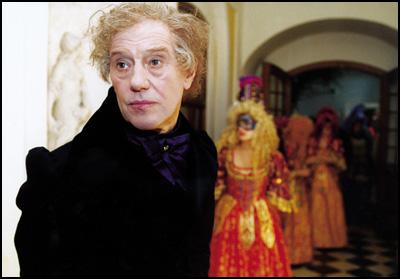Roundtable on Alexander Sokurov’s film “Russian Ark”
The echo on our publication of Dragan Kujundzic’s essay on Alexander Sokurov’s film Russian Ark (Russkij kovcheg) has been very lively. It is followed this week by another text or echo on the film by Raoul Eshelman. In addition, we have asked well-known critics and film historians for their responses to Sokurov’s film. These responses will be published over the next few weeks. Please find the first of them below. The questions we asked of all discussion participants were the following: “What will the moving image of St. Petersburg look like in the 21st century?” and “What … Read more







